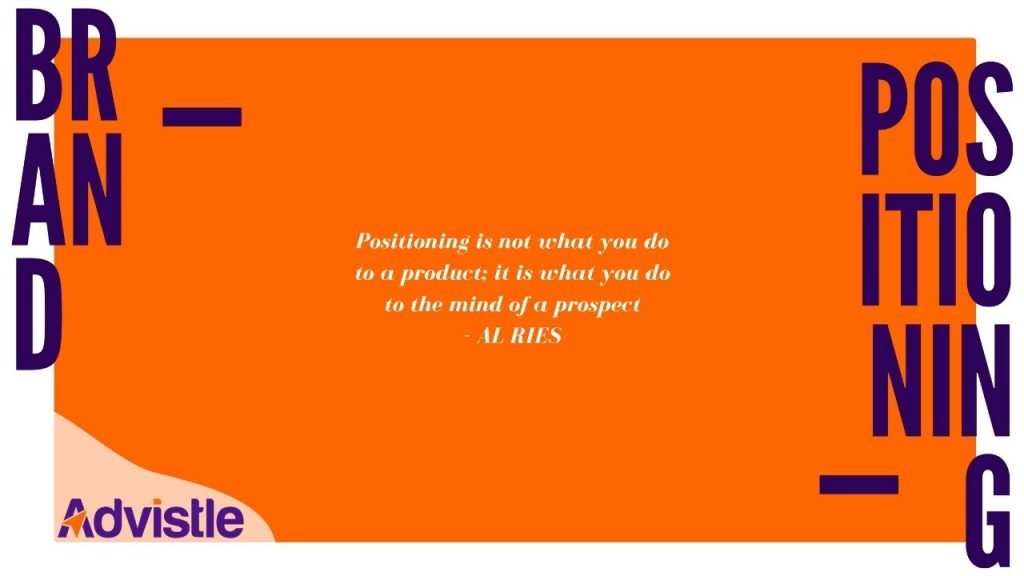Are Your Amazon Listings Costing You Sales?
Every day, millions of products compete for attention on Amazon. If your listing isn’t optimized, you’re leaving money on the table—plain and simple. The days of keyword stuffing and generic descriptions are long gone. Amazon’s algorithm is smarter, customer expectations are higher, and competition is fiercer than ever. What worked last year simply won’t cut it anymore. Now, it’s about delivering a polished, customer-first experience that speaks to your audience’s needs and solves their problems. But here’s the truth: crafting a listing that sells is no easy task. From SEO-friendly Amazon product titles to visually stunning images and bullet points that resonate, every element needs to work in harmony. Without proper Amazon product listing optimization, your product will be just another listing that gets overlooked. The Struggle Is Real: Why Most Listings Fail to Convert Let’s be honest: navigating the ever-changing Amazon landscape can feel overwhelming. You might be asking yourself questions like: Here’s the hard truth: A poorly optimized listing not only kills your visibility but also drives customers straight to your competitors. The competition isn’t just about price anymore. It’s about perception. And a weak listing sends the wrong message to your customers, making them think, “If they didn’t put effort into their listing, why should I trust their product?” But here’s the good news: With the right strategy, you can turn your listing into a powerful sales machine that works for you 24/7. Imagine This: A Listing That Practically Sells Itself Picture this: What’s Inside: The Ultimate Amazon Listing Optimization Blueprint for 2025 When you partner with us, here’s what you get: 1. Customer-Centric Title Optimization We craft titles that are short, powerful, and SEO-friendly. It’s not just about ranking—it’s about capturing attention and driving clicks. 2. Strategic Bullet Points That Convert No fluff, no filler. Every bullet point is tailored to highlight your product’s value while integrating high-impact keywords. These are bullets that speak directly to your customer’s needs and address their biggest pain points. 3. Compelling Product Images That Tell a Story Your images will do more than look good—they’ll sell. From showing off features to highlighting your product in action, we design visuals that emotionally connect with your audience. 4. Engaging Amazon A+ Content to Seal the Deal Our A+ content is built to captivate. We craft compelling brand stories, comparison charts, and call-to-actions that drive home the value of your product and turn shoppers into loyal customers. 5. Conversion-Driven CTAs Every listing element is strategically designed to guide your customers toward one goal: clicking “Add to Cart.” Your Path to More Sales Starts Here Don’t wait for your competitors to steal your sales. Take action today and transform your Amazon listings into powerful sales drivers. You’ve worked hard to create a product you believe in. Now it’s time to give it the spotlight it deserves with professional Amazon product listing optimization that gets results. Bonuses & Guarantees Bonus 1: Post-Optimization Support Got questions after we optimize your listing? We’re here to help you every step of the way. 100% Satisfaction Guarantee If you’re not thrilled with the results, we’ll work until you are. No questions asked. Ready to Skyrocket Your Amazon Sales? Don’t let another day go by with a listing that underperforms. Whether you’re launching a new product or revamping an existing one, the time to act is now. FAQs 1. What is Amazon product listing optimization? Amazon product listing optimization involves enhancing titles, bullet points, images, and A+ content to improve search visibility and conversion rates. 2. Why is my Amazon product not ranking on page one? A lack of SEO-friendly content, poor keyword integration, and low-quality images could all contribute to low rankings. 3. How can Amazon A+ content help my listings? A+ content improves your product’s branding, builds trust, and provides more detailed information, which can increase conversion rates. 4. Are high-quality images really necessary? Absolutely! Images create the first impression, build trust, and can often sell the product without requiring further explanation. 5. How quickly can I see results after optimizing my listing? Results can vary but many sellers notice improvements in visibility and sales within a few weeks of implementing optimizations.
Are Your Amazon Listings Costing You Sales? Read More »




